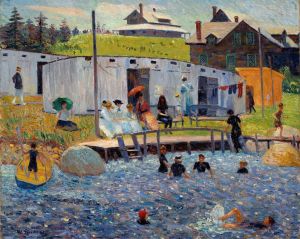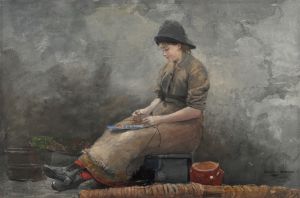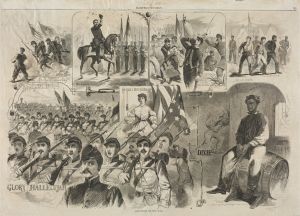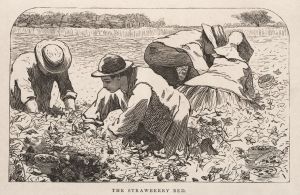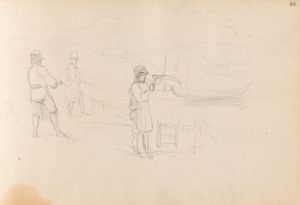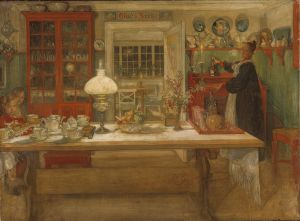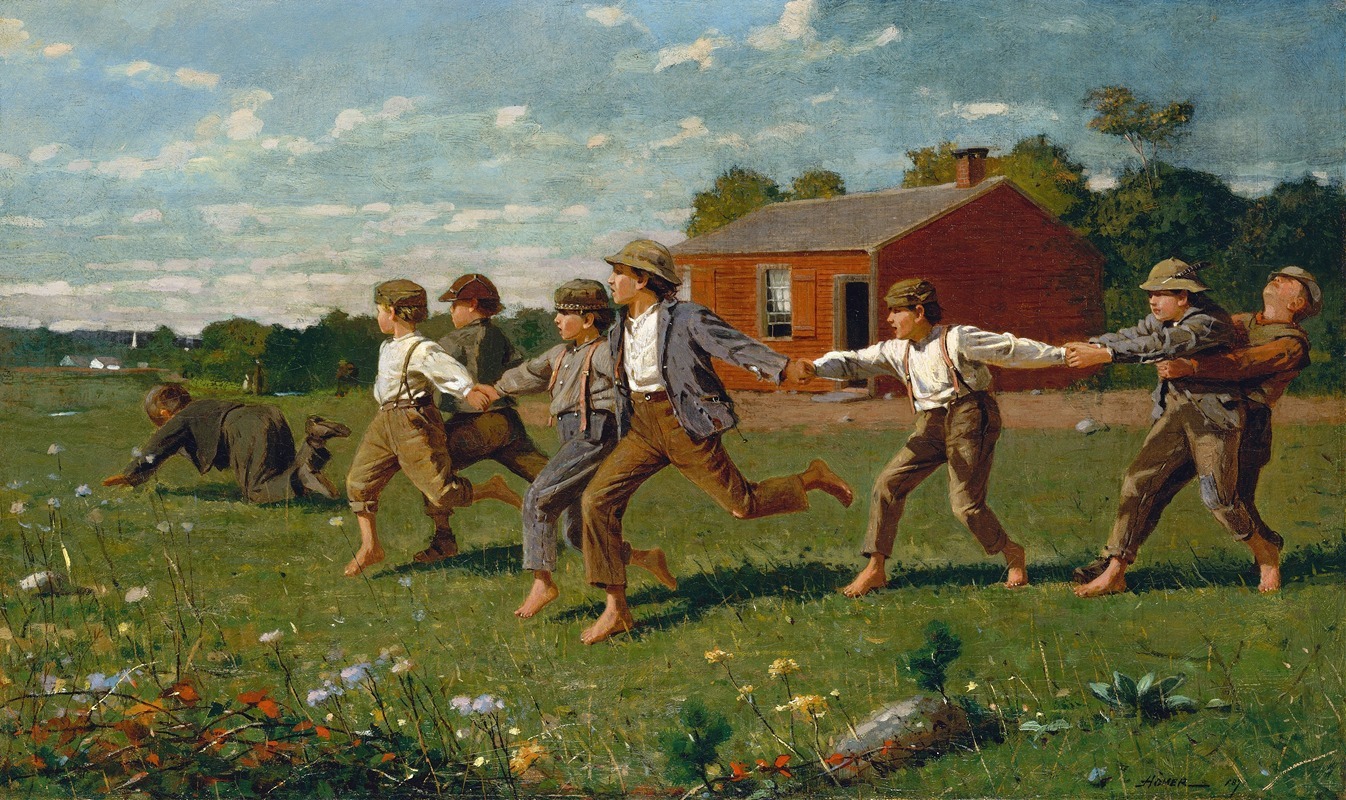
Snap the Whip
A hand-painted replica of Winslow Homer’s masterpiece Snap the Whip, meticulously crafted by professional artists to capture the true essence of the original. Each piece is created with museum-quality canvas and rare mineral pigments, carefully painted by experienced artists with delicate brushstrokes and rich, layered colors to perfectly recreate the texture of the original artwork. Unlike machine-printed reproductions, this hand-painted version brings the painting to life, infused with the artist’s emotions and skill in every stroke. Whether for personal collection or home decoration, it instantly elevates the artistic atmosphere of any space.
"Snap the Whip" is a painting by the American artist Winslow Homer, completed in 1872. The work is one of Homer’s most iconic depictions of rural American life during the post-Civil War period. It portrays a group of young boys playing the game "snap the whip" in an open field, a scene that evokes themes of innocence, camaraderie, and the simplicity of childhood.
The painting is executed in oil on canvas and measures 12 x 20 inches (30.5 x 50.8 cm). It is currently housed in the collection of the Metropolitan Museum of Art in New York City. A larger version of the painting, also created by Homer, is part of the collection at the Butler Institute of American Art in Youngstown, Ohio.
In "Snap the Whip," Homer captures a moment of youthful energy and spontaneity. The boys, barefoot and dressed in simple clothing, are linked hand-in-hand as they play the game in a grassy field. The background features a red schoolhouse, a common symbol of rural education in 19th-century America, and rolling hills that suggest a pastoral setting. The painting’s composition emphasizes movement and balance, with the boys’ dynamic poses and the diagonal line of their chain drawing the viewer’s eye across the canvas.
Winslow Homer was known for his ability to depict everyday life with a sense of realism and emotional depth. "Snap the Whip" is often interpreted as a nostalgic reflection on the innocence of childhood, particularly in the context of the rapidly changing American society of the late 19th century. The post-Civil War era saw increasing industrialization and urbanization, and Homer’s work often celebrated the simplicity and resilience of rural life.
The painting was well-received during Homer’s lifetime and remains one of his most celebrated works. It exemplifies his skill in capturing light, texture, and human interaction, as well as his interest in themes of youth and nature. "Snap the Whip" continues to be studied and admired for its artistic and cultural significance, offering a glimpse into a bygone era of American life.







